Mesquite Winter Care: How To Overwinter A Mesquite Tree
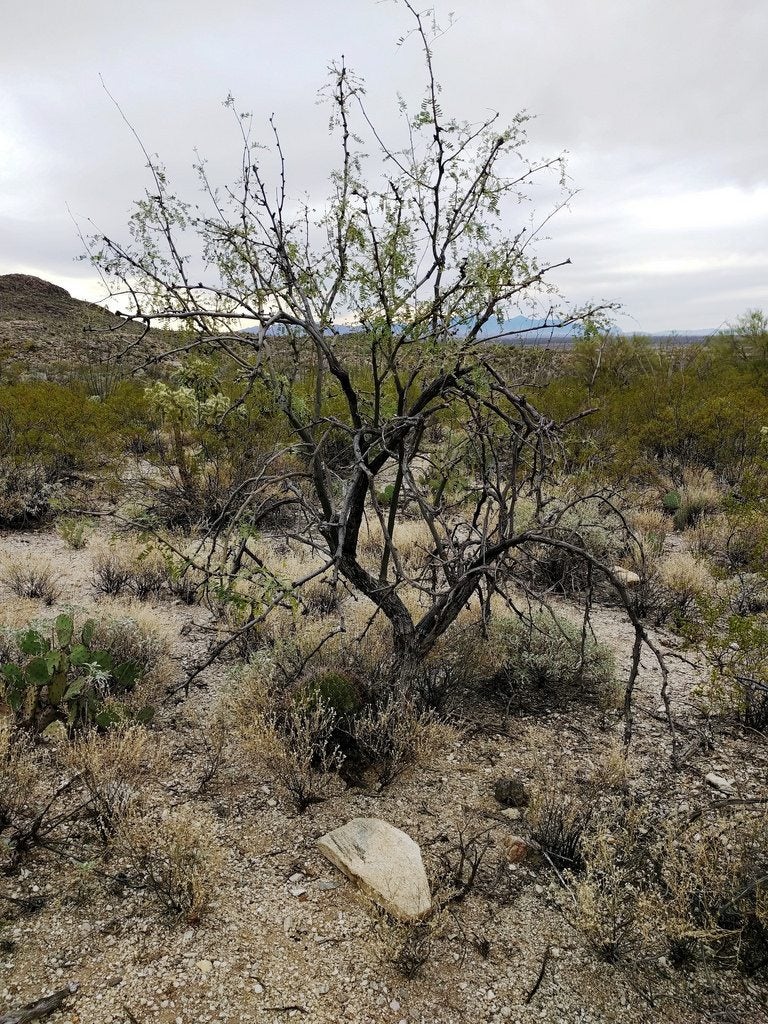

Mesquite trees are tough desert trees especially popular in xeriscaping. Known mostly for their distinctive flavor and scent used in barbecues, they are also known for their attractive seed pods and interesting branching canopy. How do you treat your mesquite tree in the winter though? Keep reading to learn more about mesquite winter care and how to overwinter a mesquite tree.
How to Overwinter a Mesquite Tree
Mesquite tree hardiness varies from species to species, but they are mostly hardy from zones 6 through 9. This means that they can tolerate well below freezing temperatures in the winter. If mesquite can survive outdoors in your climate, then you should grow it in the landscape. If you live in zone 5 or below, you will have something of a hard time. Since they have such a long taproot and large root system, mesquite trees are extremely difficult to grow in containers. If you need to bring your tree indoors for winter, you can attempt it, but success isn’t guaranteed beyond a couple years of growth. You will probably have better luck overwintering mesquite trees outdoors in the ground with lots of protection in the cold months. Mulch your tree heavily, wrap it in burlap, and screen it from winter winds.
Mesquite Winter Care Tips
Growing mesquite trees in winter is relatively easy, although how the tree reacts will depend upon how harsh or mild your winters are. If your winters are exceptionally mild, your tree may not lose its foliage until it grows new leaves in the spring, giving it the appearance of being evergreen. If temperatures are colder, the tree will lose some or all of its leaves. In the coldest climates, it will go dormant for six to eight weeks. If you water your tree, it needs much less irrigation during the winter, particularly if it goes dormant. You may want to give it a light pruning in midwinter in preparation for a heavier pruning in the spring. Mesquite trees are very prone to wind damage, and keeping the branches trimmed back will help to prevent breakage in the winter winds.
Gardening tips, videos, info and more delivered right to your inbox!
Sign up for the Gardening Know How newsletter today and receive a free copy of our e-book "How to Grow Delicious Tomatoes".

The only child of a horticulturist and an English teacher, Liz Baessler was destined to become a gardening editor. She has been with Gardening Know how since 2015, and a Senior Editor since 2020. She holds a BA in English from Brandeis University and an MA in English from the University of Geneva, Switzerland. After years of gardening in containers and community garden plots, she finally has a backyard of her own, which she is systematically filling with vegetables and flowers.
-
 Looking For Plants To Give You The Soft And Fuzzies? Try These 5 Fuzzy Leaf Plant Options
Looking For Plants To Give You The Soft And Fuzzies? Try These 5 Fuzzy Leaf Plant OptionsLovers of texture, drama, silver foliage and tactile plants will adore these special sensory garden additions. These fuzzy leaf plant options will leave you all aglow
By Susan Albert
-
 Get Ready For A Summer Of Hummers! Grow These Full Sun Hummingbird Plants and Flowers
Get Ready For A Summer Of Hummers! Grow These Full Sun Hummingbird Plants and FlowersIf you’re lucky enough to enjoy a sunny backyard, make sure you are maxing out on your pollinator opportunities and grow these full sun hummingbird plants and flowers
By Tonya Barnett
-
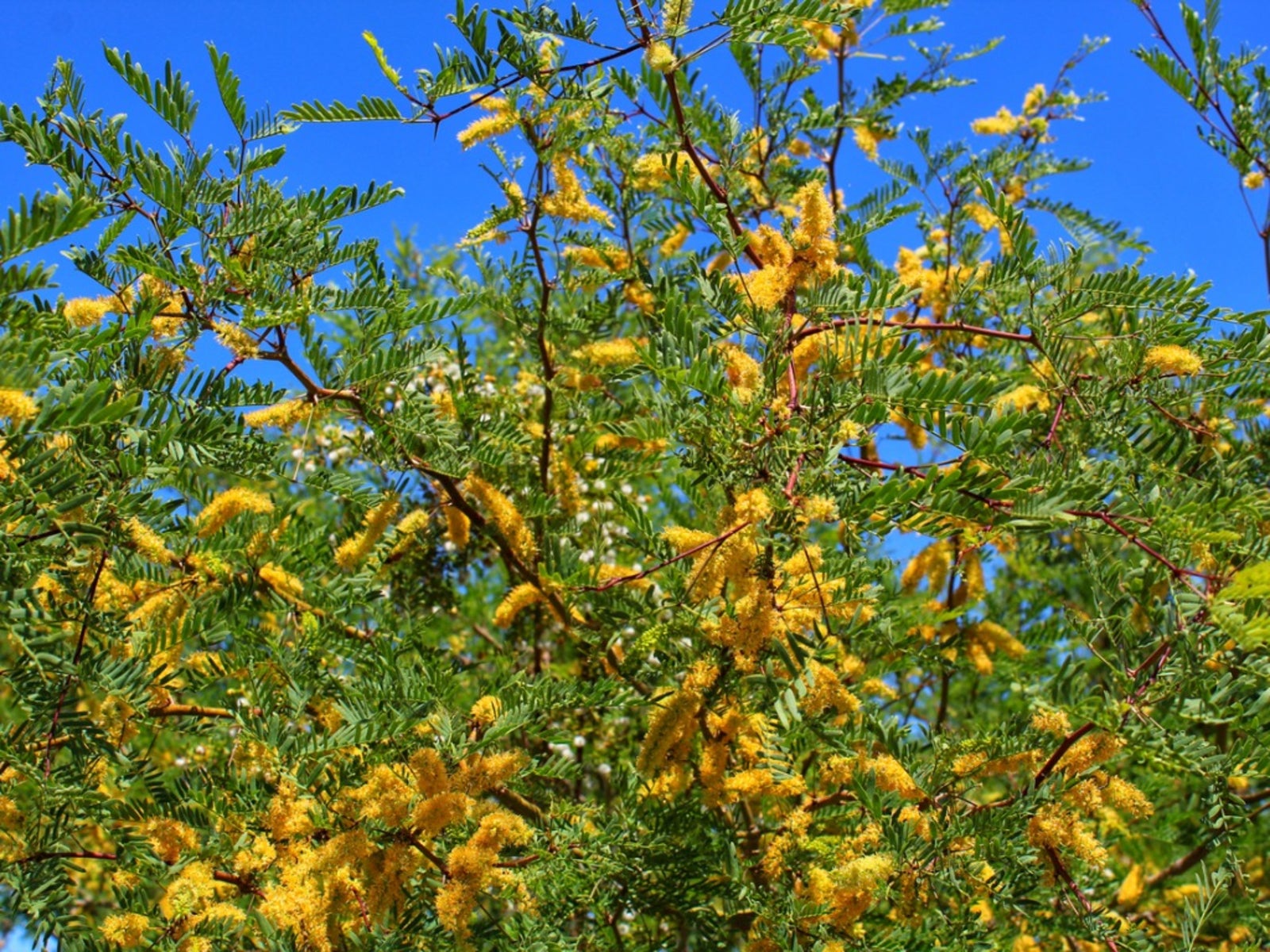 Signs Of Mesquite Sickness – Recognizing Mesquite Tree Diseases
Signs Of Mesquite Sickness – Recognizing Mesquite Tree DiseasesMesquite trees are attractive and drought tolerant, and a standard part of xeriscape plantings. Sometimes, though, these tolerant trees exhibit signs of mesquite sickness. Click here for information about diseases of mesquite trees and how to recognize them.
By Teo Spengler
-
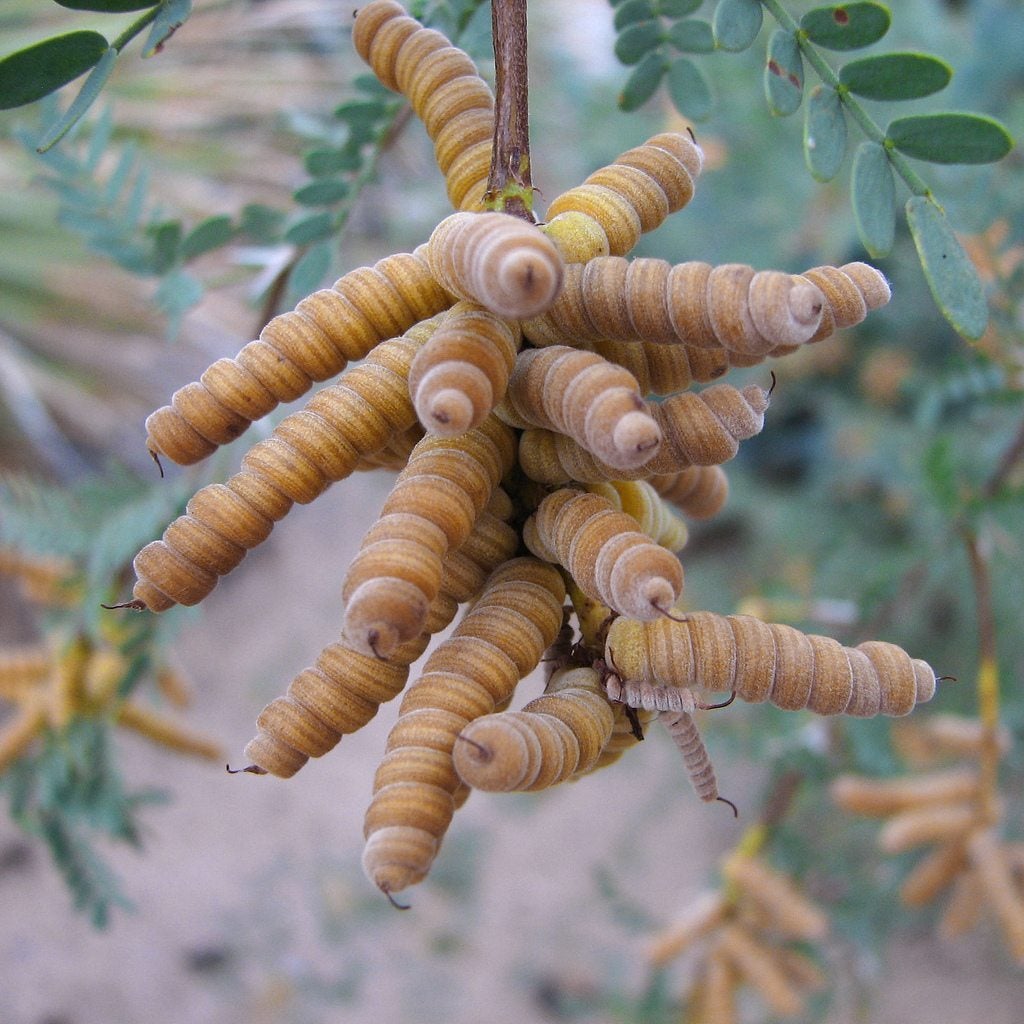 Screwbean Mesquite Info: Tips For Screwbean Mesquite Care
Screwbean Mesquite Info: Tips For Screwbean Mesquite CareThe screwbean mesquite is a small tree or shrub native to southern California. It sets itself apart from its traditional mesquite cousin with its attractive, corkscrew-shaped bean pods that appear in the summer. Learn more screwbean mesquite info in this article.
By Liz Baessler
-
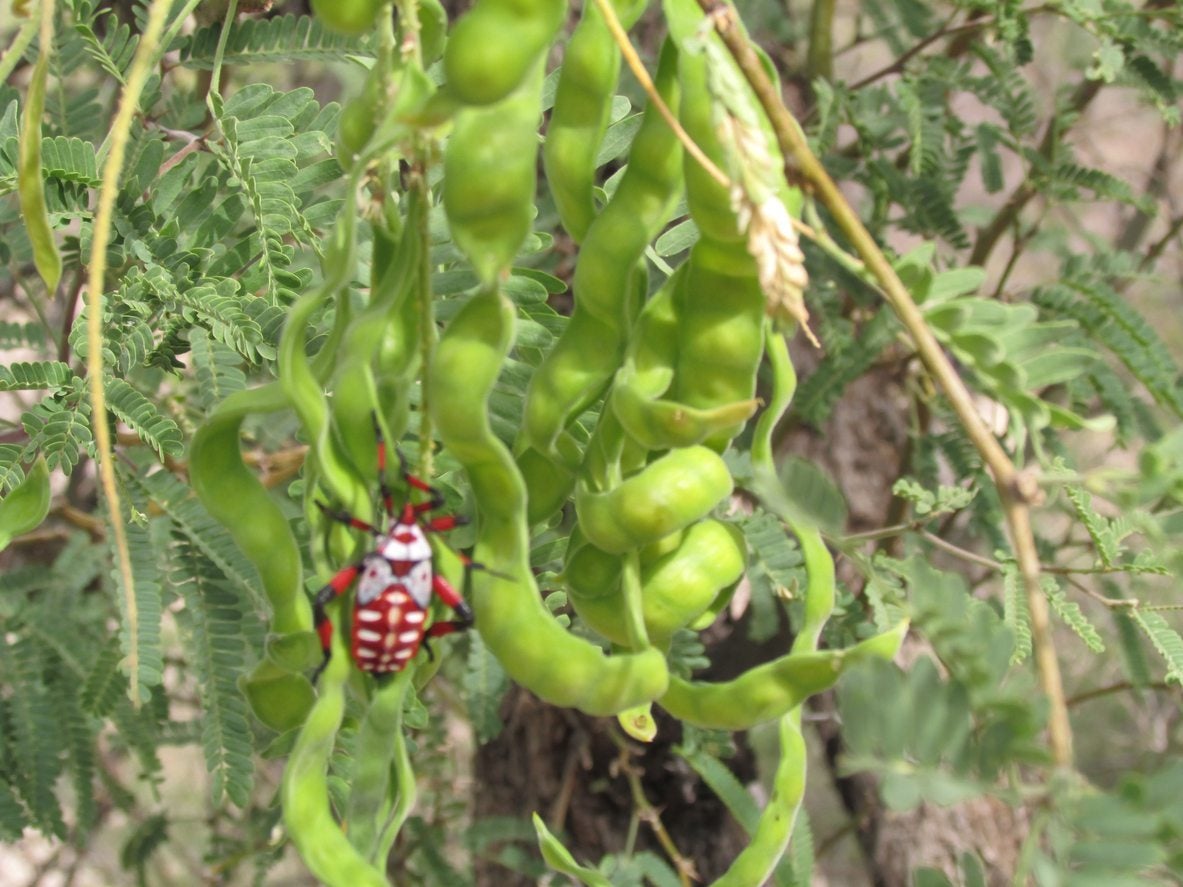 Mesquite Pest Solutions – How To Deal With Pests Of Mesquite Trees
Mesquite Pest Solutions – How To Deal With Pests Of Mesquite TreesMesquite trees are an excellent choice for a tough landscape tree that requires very little input once established. Even so, you'll want to monitor them for insect infestations from time to time. If you see any, you'll know what to do after reading this article.
By Kristi Waterworth
-
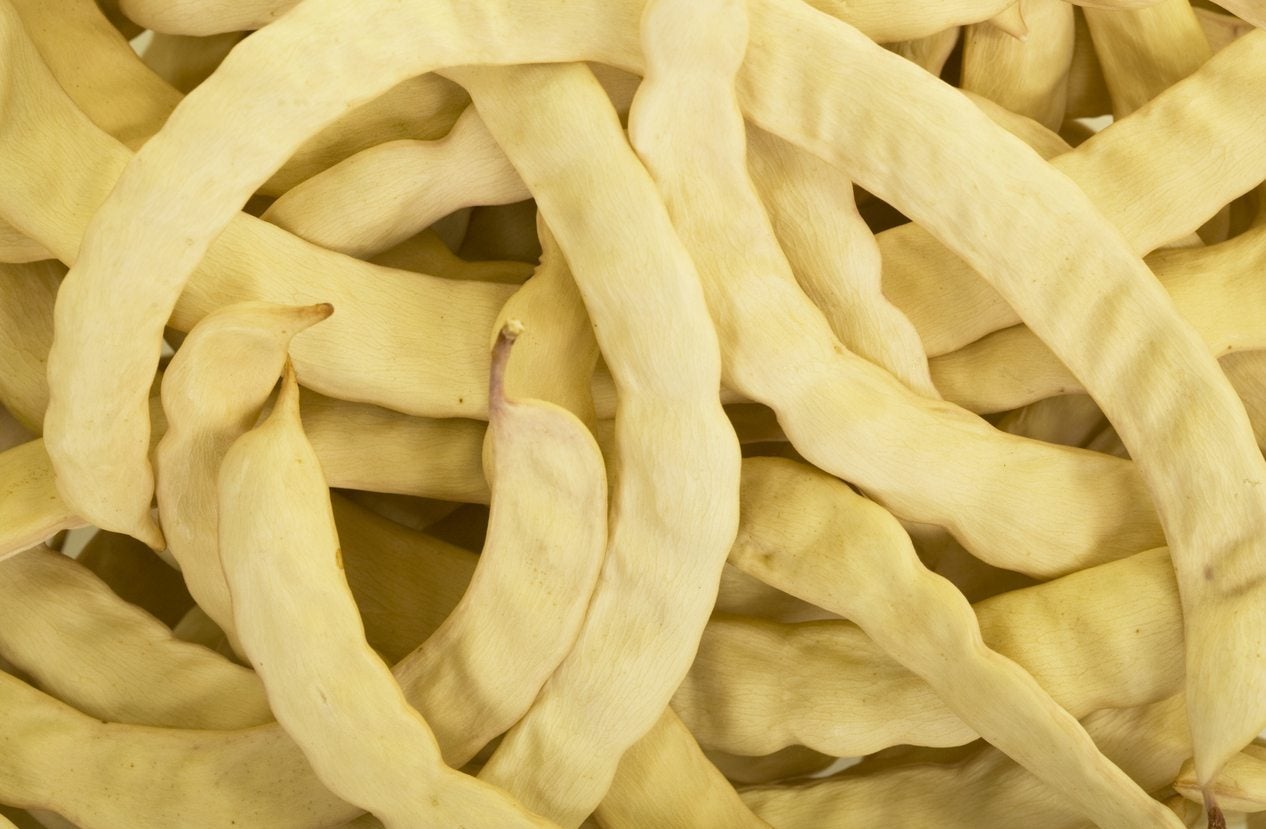 Are Mesquite Trees Edible: Learn About Mesquite Pod Uses
Are Mesquite Trees Edible: Learn About Mesquite Pod UsesIf someone were to mention "mesquite" to me, my thoughts immediately turn to the mesquite wood used for grilling and barbecuing. But is there more to mesquite beyond the grill? Can you eat mesquite? Are mesquite trees edible?" Click here to find out.
By Shelley Pierce
-
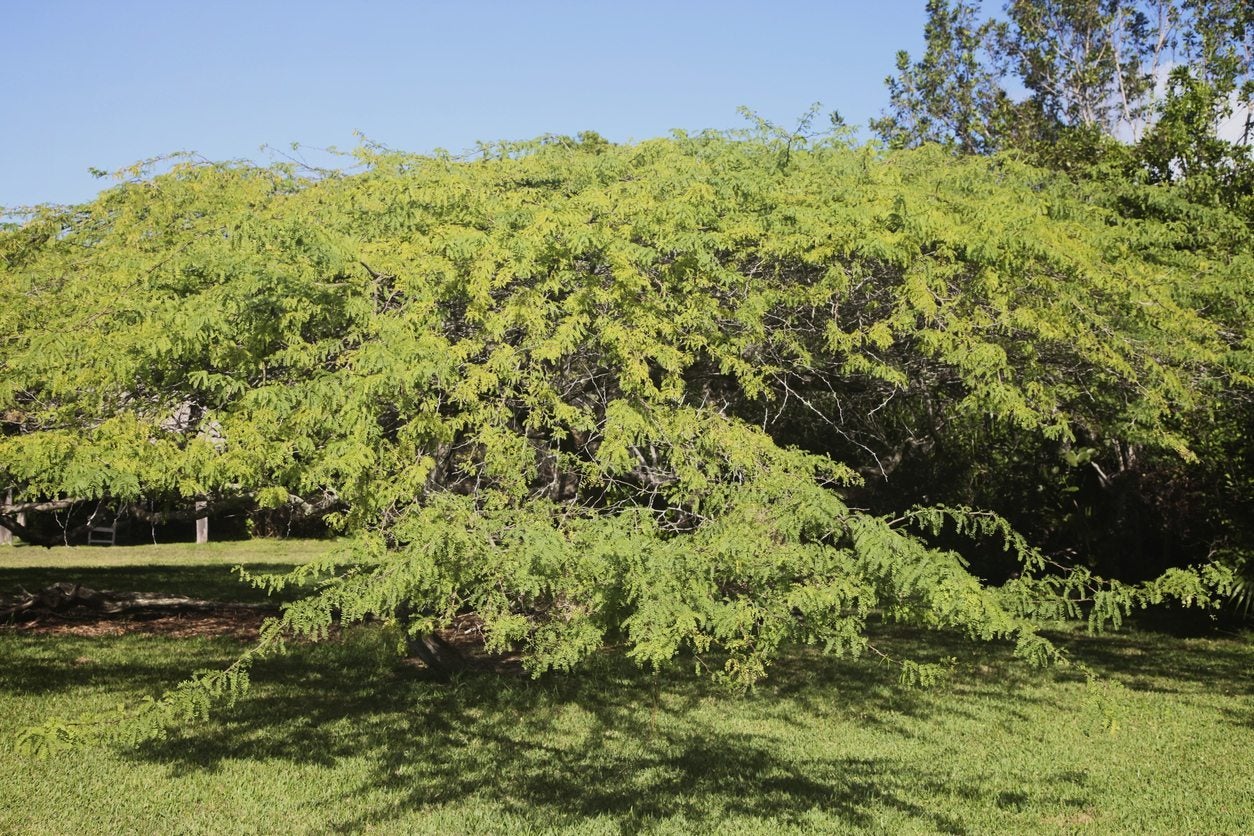 Moving Mesquite Trees – Is Transplanting A Mesquite Tree Possible
Moving Mesquite Trees – Is Transplanting A Mesquite Tree PossibleWhere other trees may wilt and dehydrate, mesquite trees draw moisture from the cool depths of the earth and gracefully ride out the dry spell. However, this deep taproot can make transplanting a mesquite tree quite difficult. Click here for tips on moving mesquite trees.
By Darcy Larum
-
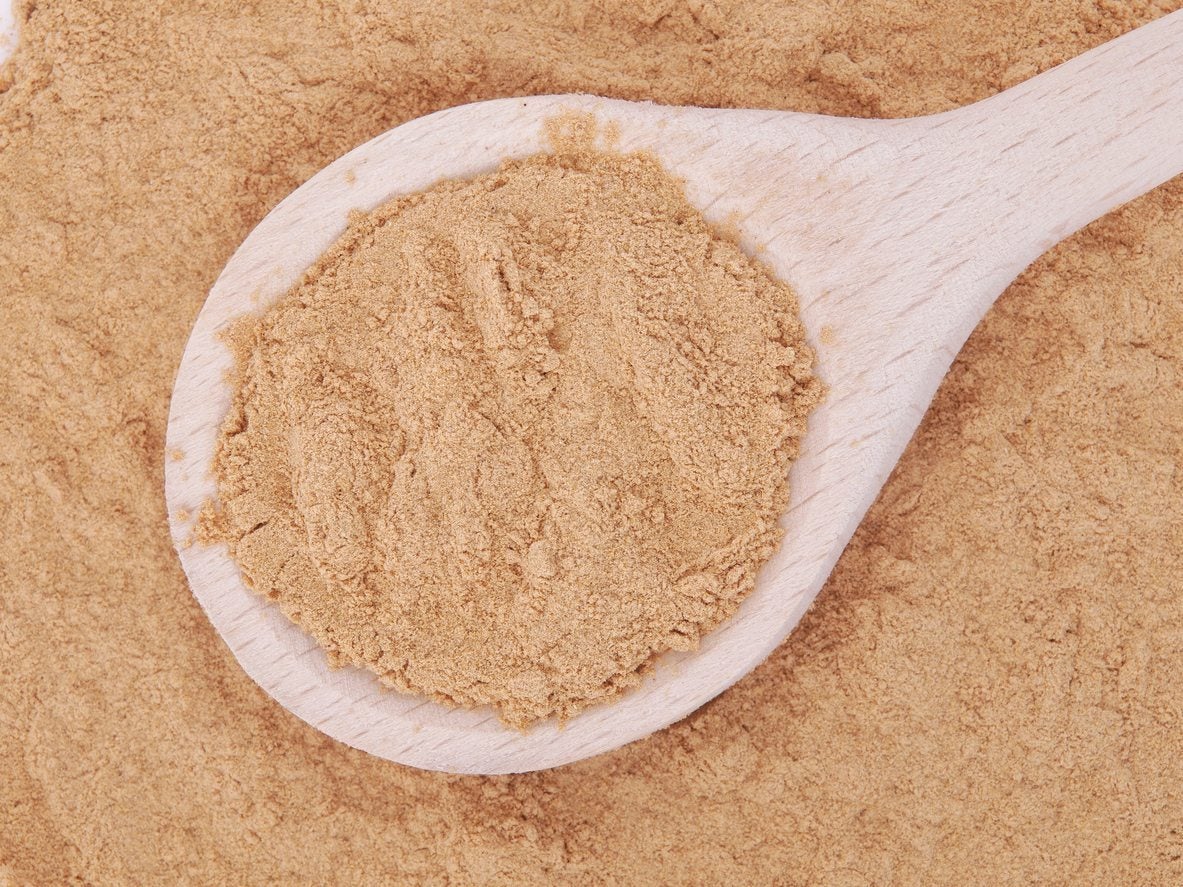 Mesquite Tree Uses – What Can Mesquite Be Used For
Mesquite Tree Uses – What Can Mesquite Be Used ForOf mesquite, many of us only know about the slow burning wood that makes for a great barbeque. That?s only the tip of the iceberg, though. What else can mesquite be used for? Mesquite tree uses are many and varied. Learn more about these uses here.
By Amy Grant
-
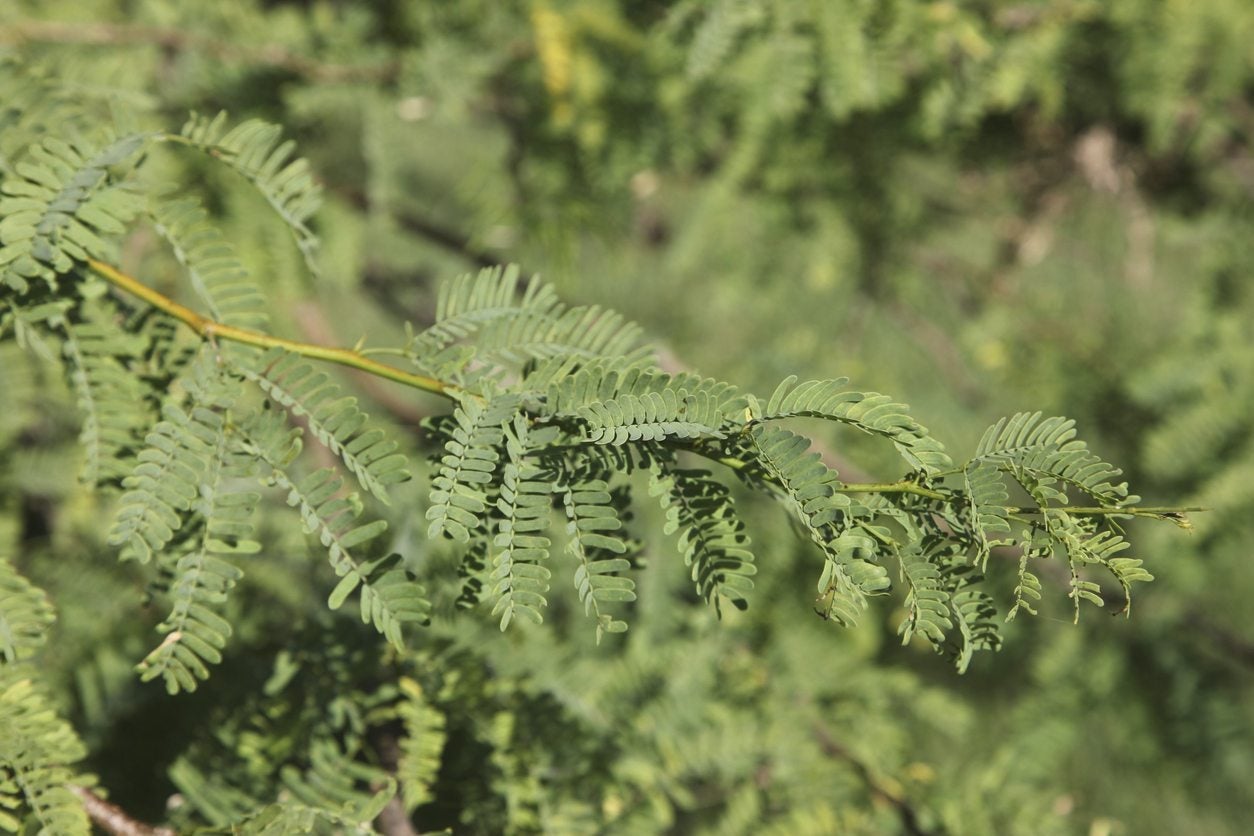 Mesquite Cutting Propagation : Can You Grow Mesquite From Cuttings
Mesquite Cutting Propagation : Can You Grow Mesquite From CuttingsMesquite plants make attractive specimens in the garden. Can you grow mesquite from cuttings? Absolutely. You will just need a little info on how to root mesquite cuttings and when and where to harvest your material. This article will help with that.
By Bonnie L. Grant
-
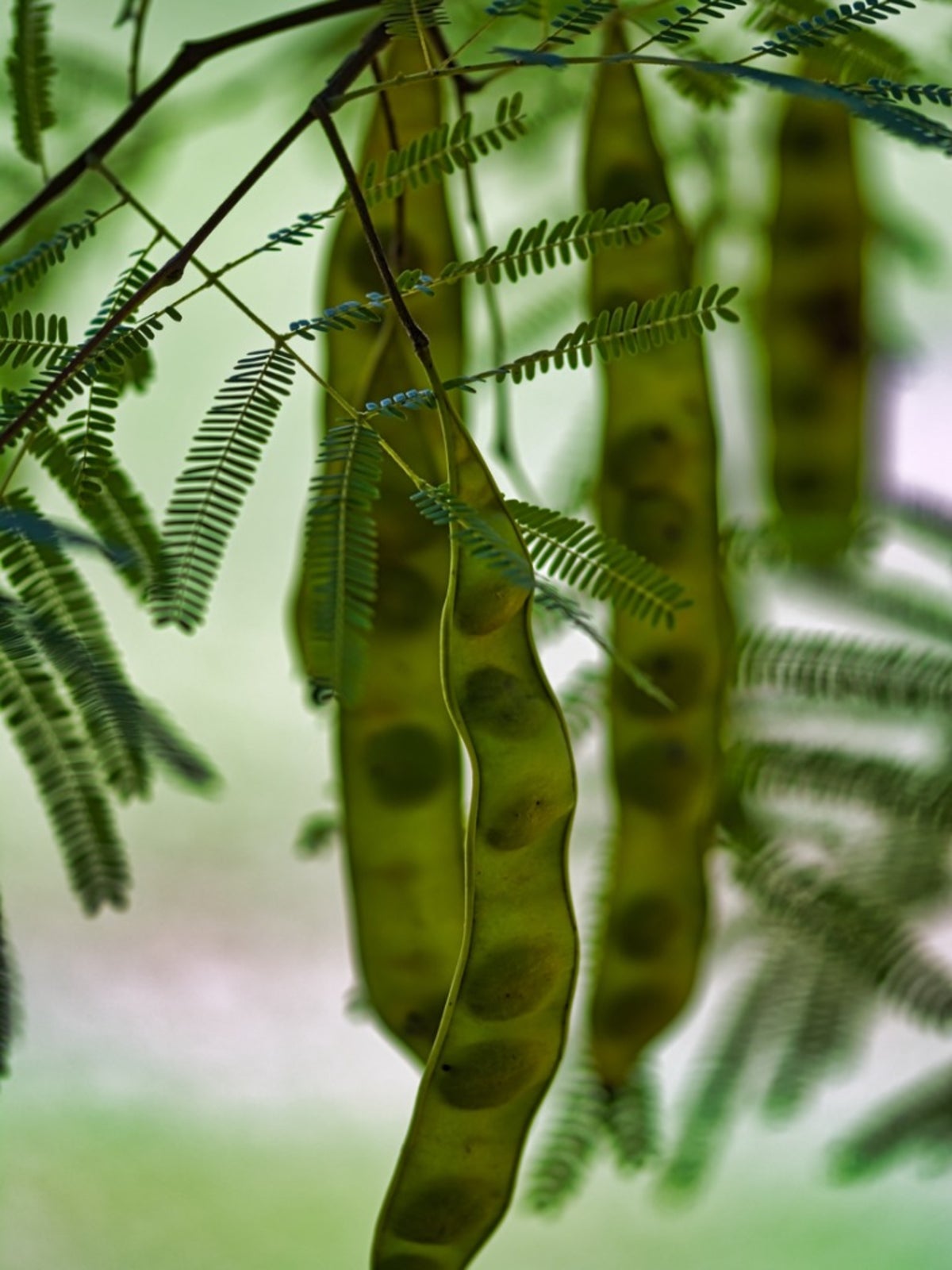 Sowing Mesquite Seeds: How And When To Plant Mesquite Seeds
Sowing Mesquite Seeds: How And When To Plant Mesquite SeedsGrowing mesquite from seeds found in the wild is a fun way to enjoy these plants for free. However, mesquite seed germination can be capricious and requires several steps for success. Click on this article for further info on how to grow mesquite trees from seed.
By Bonnie L. Grant